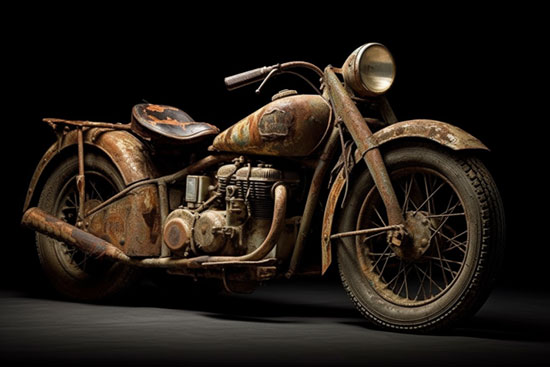If you’re a motorcycle enthusiast, you know that it’s important to stay within the weight limit of your bike to avoid accidents and ensure optimal performance.
Contents
Understanding Motorcycle Weight Limits
Every motorcycle has a weight limit that is determined by the manufacturer. This weight limit includes the weight of the motorcycle itself, any accessories, and the weight of the rider and passenger.
Exceeding the weight limit can lead to issues such as reduced handling, tire wear, and increased stopping distances, among other problems.
It’s important to note that weight limits can vary depending on the make and model of the motorcycle.
Always consult your owner’s manual or contact the manufacturer directly to determine the weight limit for your specific bike.
Factors Affecting Motorcycle Weight Limits
There are several factors that can affect the weight limit of a motorcycle, including:
1. Frame and Suspension
The frame and suspension of a motorcycle are designed to support a certain amount of weight. Exceeding this weight can lead to damage or even failure of these components.
2. Tires
Tires are another crucial component when it comes to weight limits. Overloading a motorcycle can cause excessive wear on the tires and reduce their lifespan.
3. Brakes
The brakes of a motorcycle are designed to slow down and stop a certain amount of weight. Exceeding this weight can lead to longer stopping distances and an increased risk of accidents.
4. Engine and Transmission
The power of the engine and transmission of a motorcycle is designed to handle a certain amount of weight. Exceeding this weight can lead to reduced performance and even engine failure.
Calculating Maximum Rider Weight
Now that we understand the importance of staying within the weight limit of a motorcycle, let’s explore how to calculate the maximum rider weight.
1. Determine the Weight Limit of Your Motorcycle
As mentioned earlier, it’s important to determine the weight limit of your motorcycle. This information can typically be found in your owner’s manual or by contacting the manufacturer directly.
2. Weigh Your Motorcycle
To accurately calculate the maximum rider weight, you’ll need to know the weight of your motorcycle. Use a scale or take it to a weigh station to get an accurate measurement.
3. Subtract the Weight of Your Motorcycle from the Weight Limit
Once you have the weight limit and the weight of your motorcycle, subtract the weight of your motorcycle from the weight limit. This will give you the maximum weight you can add for the rider and any accessories.
4. Factor in the Weight of the Accessories
If you plan on adding accessories to your motorcycle, be sure to factor in their weight when calculating the maximum rider weight.
5. Consider the Weight of Your Riding Gear
Your riding gear, including your helmet, boots, and jacket, can add significant weight. Be sure to factor this into your calculations when determining the maximum rider weight.
Conclusion
Staying within the weight limit of your motorcycle is crucial for safety and optimal performance. Understanding the factors that can affect weight limits and how to calculate the maximum rider weight can help you make informed decisions when it comes to riding your motorcycle.






